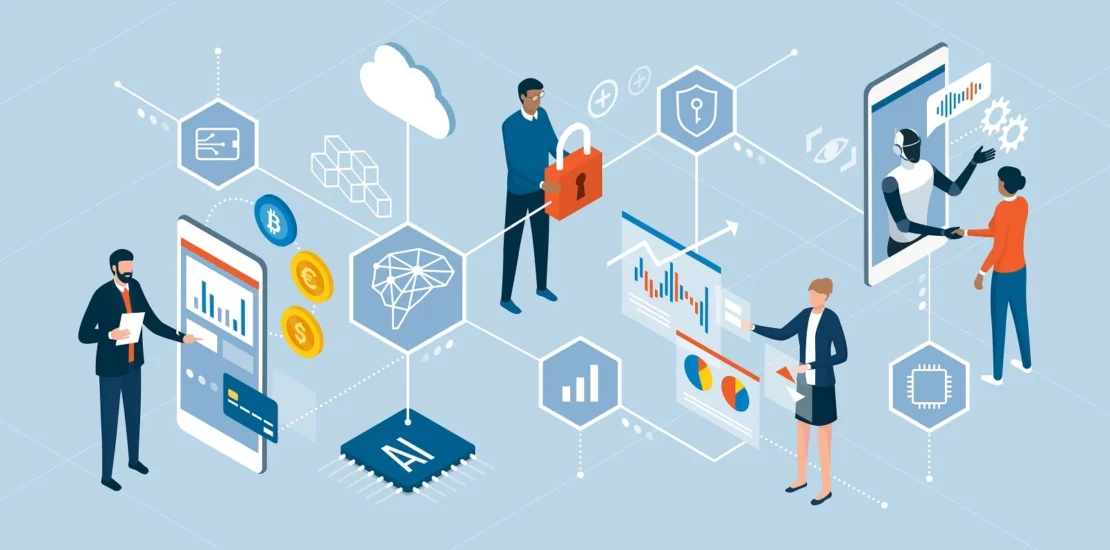How RPA and OCR Technologies Empower Today’s Default Firms
- October 31, 2022
- Category: Legal Tech

Running a default firm involves many administrative tasks and repetitive, document-intensive processes such as e-filing. Robotic Process Automation (RPA) can take over many of these workloads and free your paralegals to save time and minimize errors. RPA integrates easily with legacy systems and is sometimes used together with Optical Character Recognition (OCR) technology. Together, these technologies can fully integrate into the workflow of complex legal process automation, seamlessly transitioning between fully robotic and human-supported input as needed.
What are RPA and OCR Technologies
RPA is a technology that deploys and manages “robots” to emulate human clicks. These robots– otherwise known as “bots”–run on physical computers either on-premises or in the cloud. Just like people, robots initiated by RPA can understand what’s on a screen, complete the right keystrokes, navigate systems, identify and extract data, and perform a wide range of defined actions.
OCR, on the other hand, is a technology that can read the text in images. It can convert scans, faxes, or photographs of documents into regular, searchable text files. OCR has existed much longer than RPA, It is now a widespread technology that automates data extraction from scanned documents and images, to then convert the text into a machine-readable form that can be searched easily.
RPA and OCR Technologies for Default Firms
To help you learn what criteria and types of processes can be a good fit for RPA and other technologies, we recently compiled an ‘introductory e-book (to RPA and OCR technologies) for default firms’. Keen to learn how automation initiated by RPA and OCR technologies can help you boost employee morale and improve customer experience drastically? Download the e-book here.







